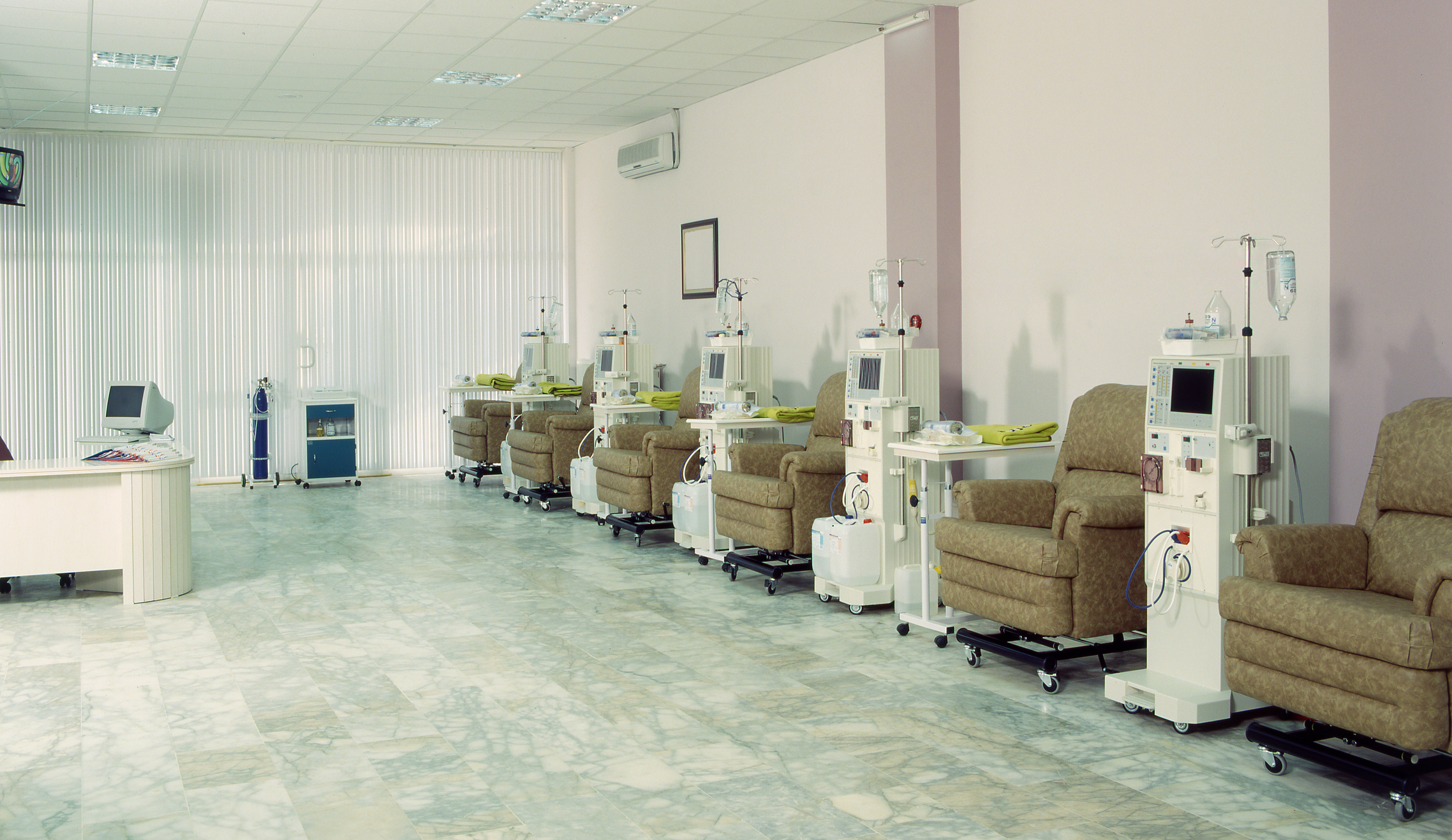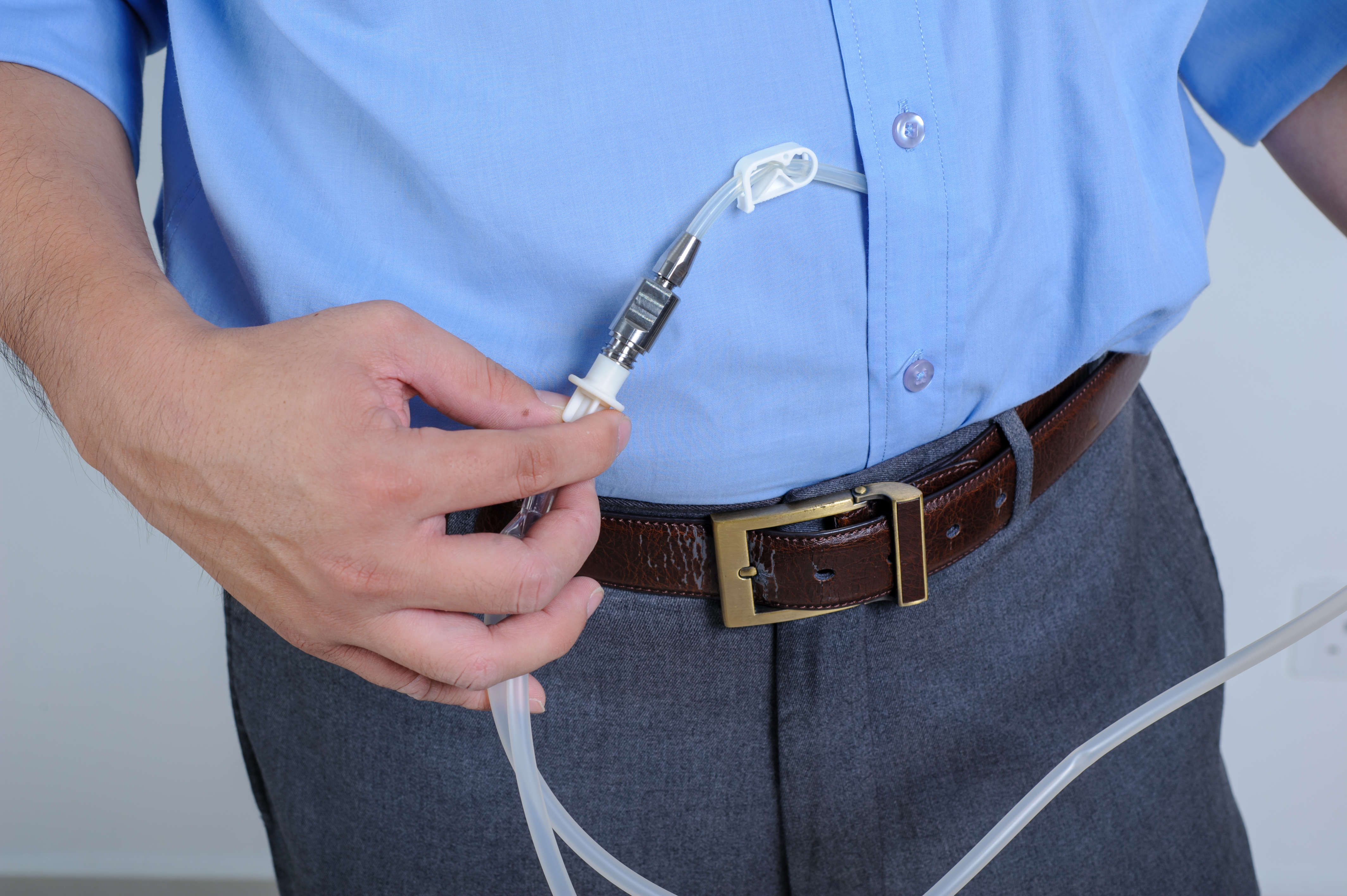Report Suggests Paying Kidney Donors Could Increase the Number of Donors
Within the past 12 years, more than 63,000 patients in the United States have died waiting for a kidney transplant, while more than 100,000 currently remain on the transplant list. Meanwhile, the amount of living kidney donors in 2015 only reached a little over 5,000. Now, a new study from the University of Florida College of Medicine suggests offering compensation to living donors could increase the likelihood of kidney donations, which is currently prohibited. In a survey of 1,011 registered voters, 59 percent of respondents would be more likely to donate a kidney if offered $50,000, while 32 percent of respondents were indifferent. [...]



